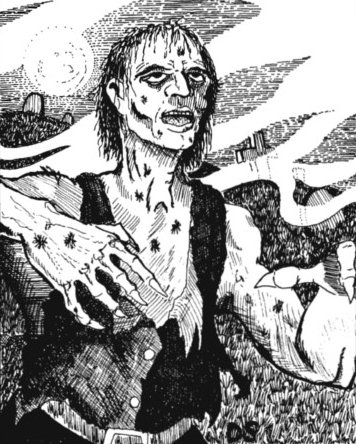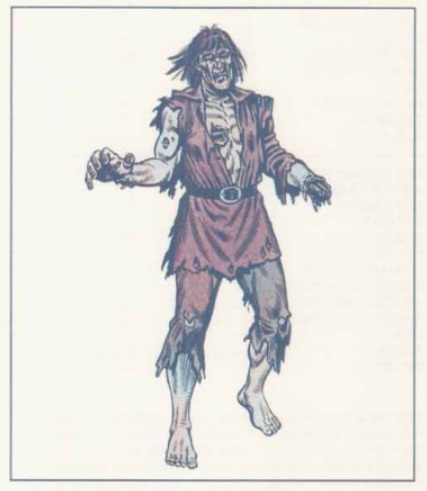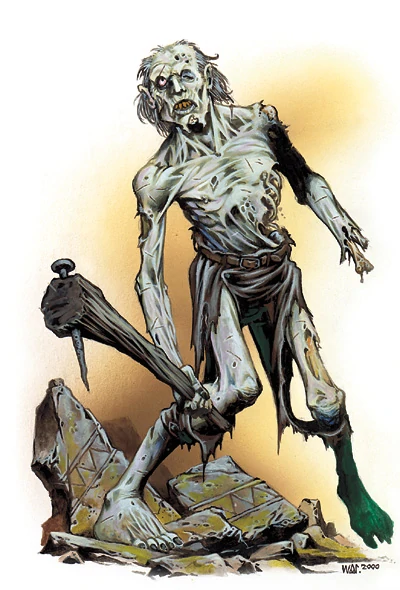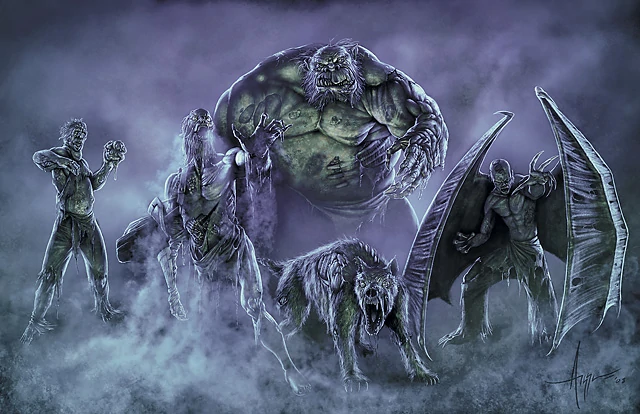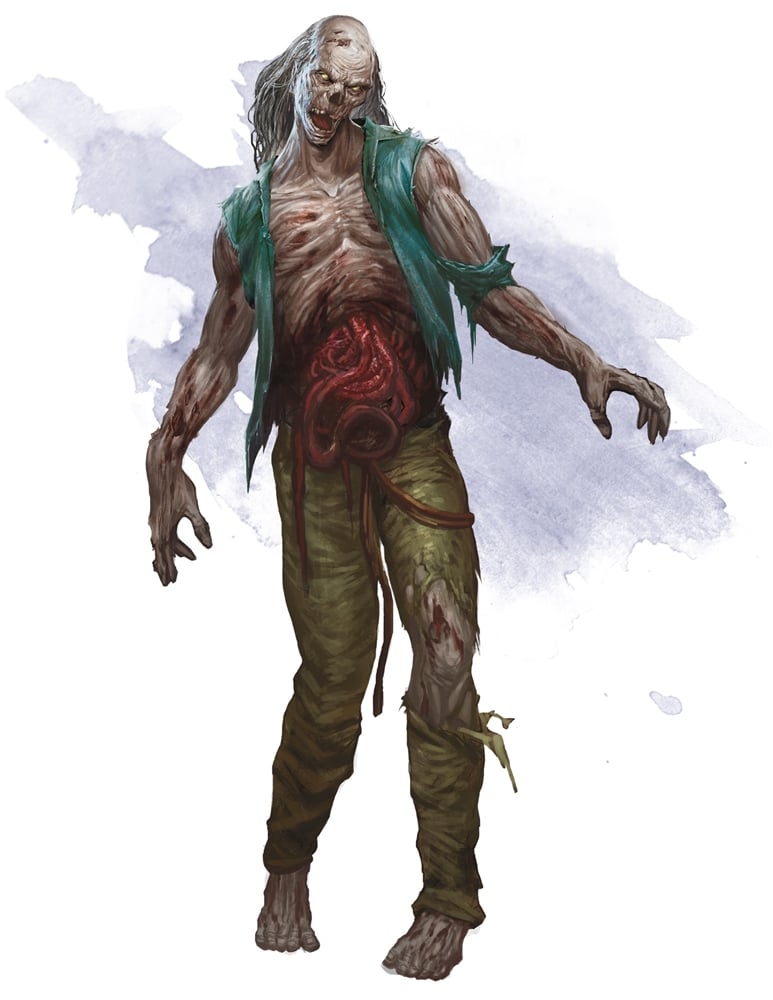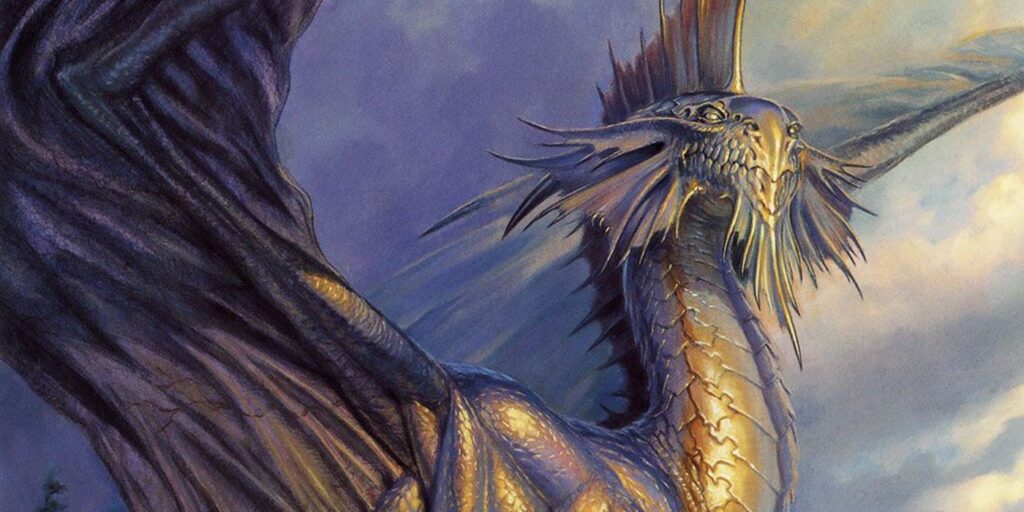D&D Monster Spotlight: Zombies – The Undead Training Wheels for Clerics
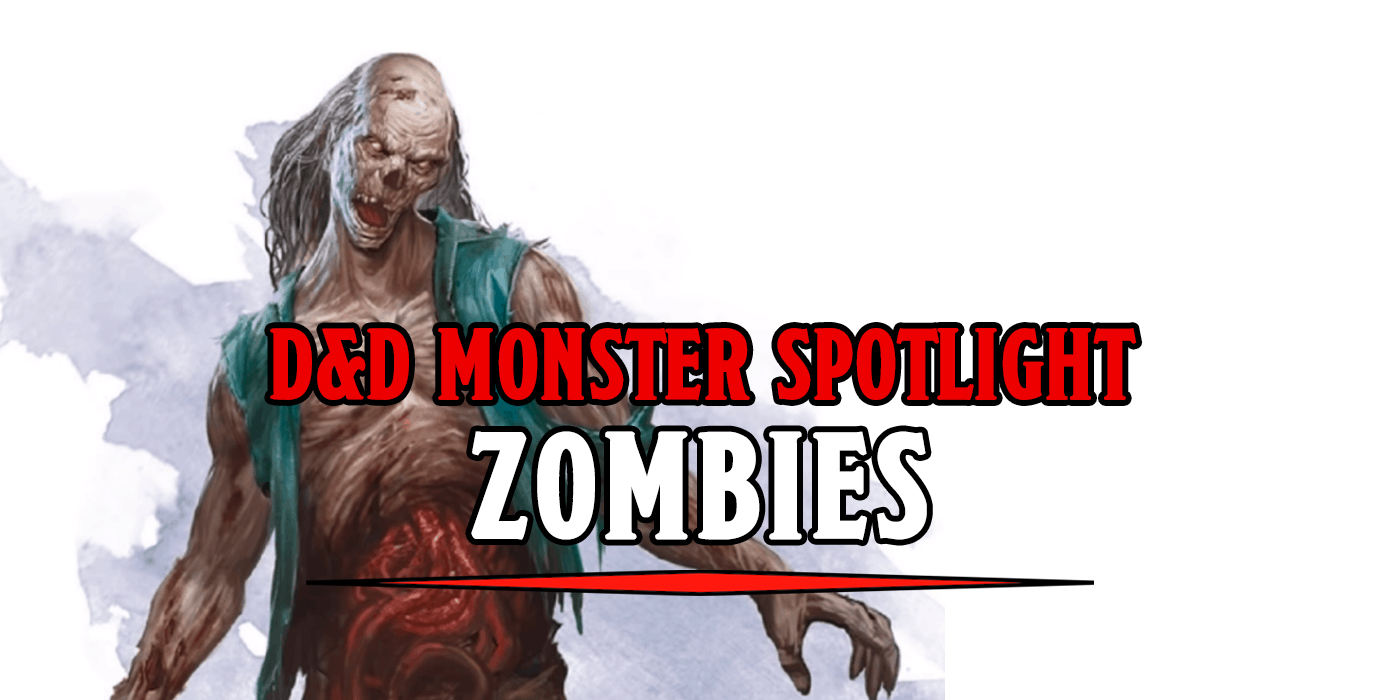
Shambling, undead, and unintelligent, D&D zombies are pretty similar to the ones from movies with a few twists up their tattered sleeves.
Zombies are some of the most classic monsters out there. Coming from real-world monster lore, to a horror movie staple, they are often synonymous with terror and fighting for your life. So of course they have been a part of Dungeons and Dragons since the very beginning. But is this version as scary as the classic movie version? Or can your level one party take one down on their way to the real adventure?
First Edition
Like many undead creatures in D&D, Zombies are animated corpses under the command of an evil magic user. They can follow previously spoken commends to a pretty limited degree. But while they are unfeeling and never tire, they are slow. A Zombie may feel compelled fight until it’s literally to destroyed to continue, but they always have the very last initiate slot. There’s a chance that your party may encounter one and re kill the poor thing before they get a single swipe in.
Second Edition
Going from less than a page to an entire two page spread, second edition Zombies have a lot more to them. There’s now a “Ju-Ju Zombie” which is crated when a wizard drains the life of a humanoid creature with a spell, and a “Zombie Lord” which is a living creature who has taken on the powers of the undead for themselves. The Zombie Lord can cause one of six effects in an encounter, ranging from weakness to instantaneous death. Some of these Zombie types have quite a bit of strength and health, but your average run of the mill common Zombie is still relatively weak and shambling, so fingers crossed you run into one of them.
Third Edition
Third Edition is very specific to let you know that Zombies are “not pleasant to look upon. That wasn’t a thing I ever had a question about, but 3E has the answer for you anyhow. As shambling undead monstrosities, they’re clumsy as a rule. But the amount of damage a Zombie can dole out depends greatly on the size of creature your evil wizard is reanimating. A smaller creature will do 1d4 damage while a colossal zombie will hit you for 4d6. There is also a helpful cheat sheet of zombie examples ranging from an undead Kobold to a Gray Render Zombie.
Fourth Edition
Because fourth edition doesn’t believe in saying less, this edition also has so much variety in your Zombie options. Normal “Zombie Rotters” have a negative two initiative, dexterity of 6 (-2), and a speed of 4. But “Chillborn Zombies” have an imitative of +5, and an ability called “Ice Reaper” that will deal an extra five cold damage. These zombies are often created with evil magic or ritual, but they will also spontaneously happen to a corpse left in a place corrupted by supernatural energy.
Fifth Edition
Fifth Edition helpfully introduces the horrifying concept of a Beholder Zombie. In addition to their undead fortitude and natural armor class, the Beholder Zombie can hit you with a randomized eye beam. It may strike feat into your heart or DISINTEGRATE YOU. So, y’know. Good luck.
Have you encountered a Zombie in your D&D adventures? Which type did you find? Did anyone in your party get bitten or did you kill the Zombie before it could attack? Let us know in the comments!
Happy Adventuring!

